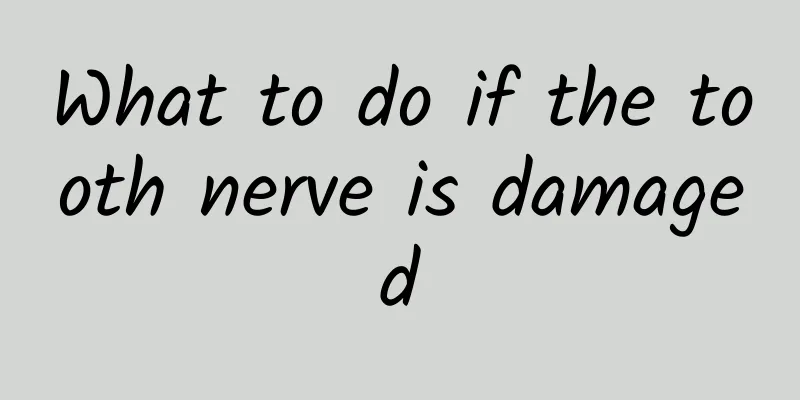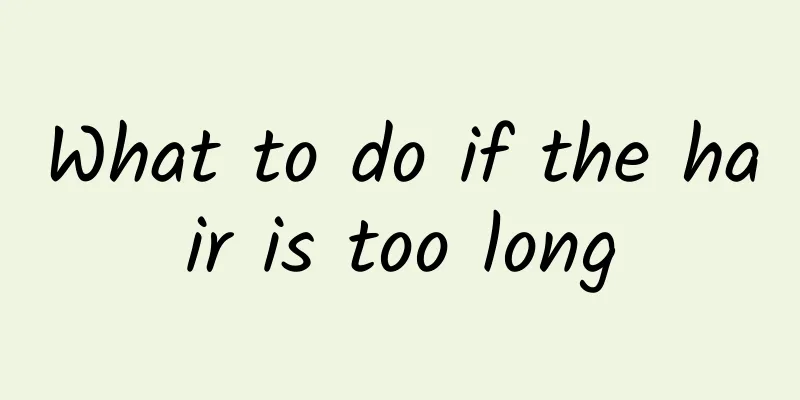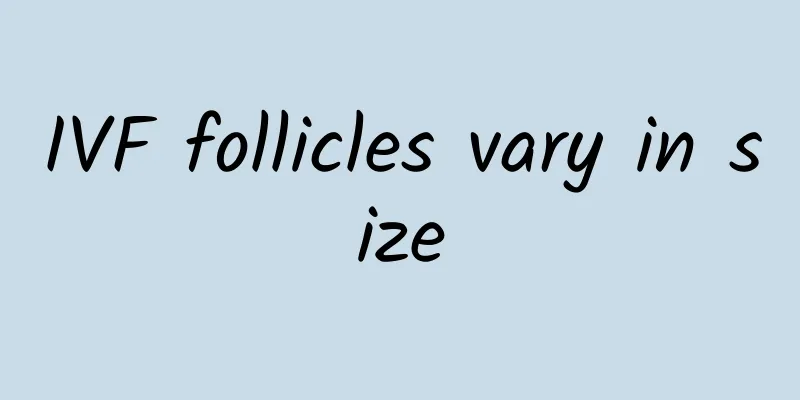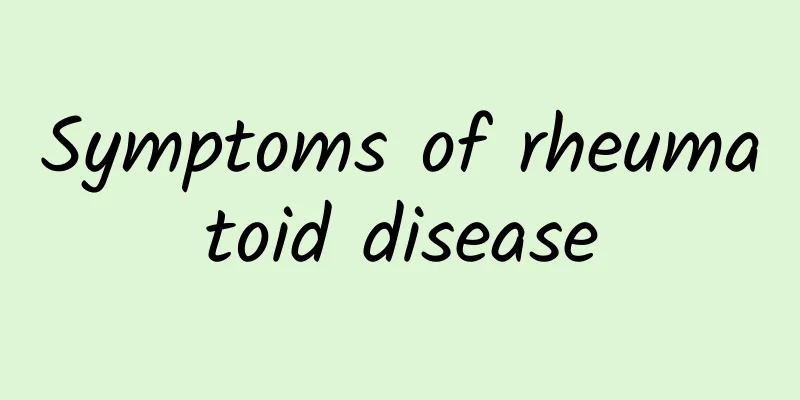How to treat cervical ankylosis

|
Many people are not particularly familiar with cervical ankylosis, which is also a common manifestation of cervical spondylosis. When this symptom occurs, it must be treated in time. There are many treatment methods. The more common ones are acupuncture, massage and traditional Chinese medicine treatments, which can all play a role in alleviating the condition. In addition, you can also take some painkillers, such as ibuprofen, chlorzoxazone tablets, etc. In addition, traction therapy and other methods can also be used. Drug treatment The main ones are anti-inflammatory and analgesic drugs (Fenbid, one pill, twice a day, chlorzoxazone 2 tablets, three times a day, soda tablets 4 tablets, three times a day) and Chinese medicine for relaxing muscles and promoting blood circulation (Shujin Huoxue tablets). The above medicines can be taken at the same time. The side effect is irritation to the stomach. If you suffer from stomach problems and neurasthenia, you can take: Jiannao Bu Shen Wan, Zhuangyao Jian Shen Wan, Xiao Huo Luo Dan instead. Chinese medicine prescription: Modified Pueraria Decoction Composition: Pueraria root 20g, cinnamon twig 15g, wine peony root 15g, ephedra 5g, licorice 15g, ginger 5g, jujube 15g, angelica 15g, Chuanxiong 15g, Shenjiang 15g, dog spine 15g, Eucommia 15g, Achyranthes bidentata 15g, antler glue 15g (crushed and taken with water). Efficacy: dispel wind and cold, nourish blood and blood, nourish liver and kidney, strengthen tendons and bones, relieve pain. Indications: cervical spondylosis. Usage: decoction, 1 dose per day. Traction therapy 1. Indications: Cervical traction is often used as the first choice treatment for radiculopathy, cervical spondylosis and sympathetic cervical spondylosis. However, it is not suitable for patients with cervical spondylotic myelopathy who have obvious spinal cord compression and obvious cervical segmental instability. 2. The method of cervical traction generally uses a cervical pillow traction belt for cervical traction. (1) Posture: The body can be in a sitting or lying position. For convenience, it is recommended to sit in a stable reclining position with the neck tilted forward about 10°-30° from the longitudinal axis of the trunk to avoid hyperextension. Ask the patient to fully relax the neck, shoulders and entire body muscles. The traction posture should make the patient feel comfortable, and if there is any discomfort, it should be adjusted as appropriate. For patients with vertebral artery type, the forward tilt angle should be smaller, and patients with spinal cord type cervical spondylosis should adopt a nearly vertical posture and avoid forward flexion traction. (2) Traction weight and duration: Commonly used traction weights vary greatly, ranging from 1/10 to 1/5 of the patient's body weight, with most using 6-7kg. Use a smaller weight at the beginning to help the patient adapt. At the end of each traction, the patient should have a clear feeling of neck stretching, but no special discomfort. If this feeling is not obvious, the weight should be increased as appropriate. Each traction session usually lasts 20-30 minutes. The traction weight and duration can be combined in different ways. Generally, the duration is shorter when the traction weight is larger, and the duration is longer when the traction weight is smaller. (3) Traction frequency and course of treatment: Generally, traction is performed 1-2 times a day, and sometimes 3 times a day. A course of treatment is 10-20 days, and several courses of treatment can be continued until the symptoms are basically eliminated. (4) If sitting traction is ineffective, or the patient has severe symptoms or is too weak to sit for a long time, supine traction can be used. Use a pillow to maintain proper posture, and the traction weight is generally 2-3kg. After 2 hours of continuous traction, rest for 15 minutes and then traction again. The total traction time per day can reach 10-14 hours. (5) Intermittent traction can be performed using an electric traction device, which is believed to help relax muscles and improve local blood circulation. Generally, traction is done for 2 minutes, followed by relaxation or reduction of traction weight for 1 minute, and this is repeated for about half an hour. |
<<: How to treat cervical bulge
>>: What are the symptoms of cervical dislocation in children?
Recommend
Is it okay for children to sleep on electric blankets?
When the weather is cold, many people prefer to u...
Can an umbilical hernia in a baby heal on its own?
Umbilical hernia in infants is relatively common ...
What should I do if my fetus moves frequently during the fourth month?
The happiest thing for a woman who becomes a moth...
What medicine should I take for kidney cold?
In fact, the cause of kidney cold should be kidne...
What Chinese herbal medicine is best for eczema
In life, there are always some people with partic...
The efficacy and function of Bodhi root
Bodhi root can be misleading. In fact, the Bodhi ...
Treatment of conjunctivitis
Eyes are an important part of our body. They play...
What are the stages of chronic kidney disease?
Although chronic kidney disease generally progres...
What to eat when blood sugar is high
High blood sugar is one of the three highs of mod...
What to do if your leg is swollen from a mosquito bite
In summer, there is a very annoying creature that...
I often feel pain after having my gallbladder removed.
The gallbladder is a small organ located below th...
What to do if your hair is too sticky after straightening
Nowadays, people pay more and more attention to t...
The dangers of neurasthenia, beware of these serious consequences!
The problem of neurasthenia must not be ignored a...
What part of a deer is the penis?
Deer penis is actually the external reproductive ...
What are the traditional Chinese medicines for spring health preservation?
There are many kinds of common Chinese medicines ...









